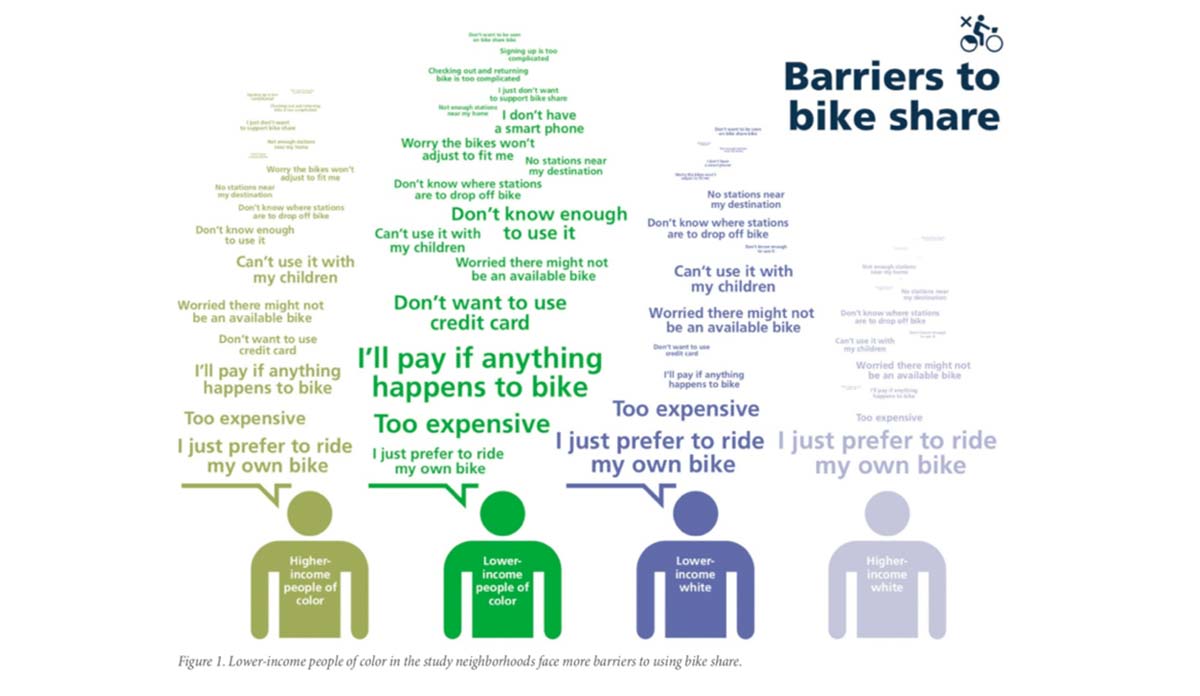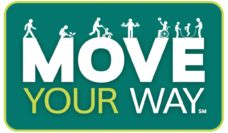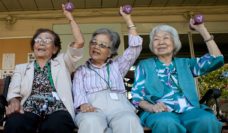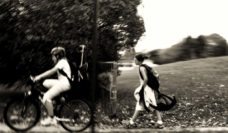Bike share programs are booming. Present in over 100 cities across the US, bike sharing is an inexpensive form of transportation that can save time during a commute, while also offering numerous health benefits.
However, a disproportionate amount of city residents who participate are White and high-income. But it’s not a lack of interest keeping lower-income residents and people of color from participating. Rather, several barriers block access for underserved and underrepresented groups, including cost, lack of bike stations in low-income neighborhoods, lack of bank accounts, and lack of familiarity with bike share.
In 2015, Better Bike Share Partnership (BBSP) provided funding to six cities in efforts to increase access to bike share in low-income and underserved communities. They went on to co-fund a study with the National Institute for Transportation and Communities at Portland State University to research how BBSP interventions impacted bike share use in Chicago, Philadelphia, and Brooklyn. The study measured ongoing barriers by collecting user and non-user perceptions towards bike share in BBSP target neighborhoods.
The team collected 1,885 responses and compared the results of four demographic groups: higher-income people of color, lower-income people of color, higher-income white, and lower-income white residents.
English and Spanish surveys were sent out to communities in Chicago, Philadelphia, and Brooklyn. Race/ethnicity was self-reported; individuals were divided into higher- and lower-income categories based on their household income (either over or under 150% of the poverty level). The team collected 1,885 responses and compared the results of four demographic groups: higher-income people of color, lower-income people of color, higher-income white, and lower-income white residents. Reported barriers are represented in the word-cloud graphic above; the bolder the font, the more often it was reported.
The cost of a membership was a barrier for almost half of the lower-income residents of color. Over 50% of lower-income residents of color were concerned about damaging the bike and being held liable. Having to use a credit card was a barrier for over a quarter of lower-income residents of color (37%), as was unfamiliarity with the system (34%). The most common barrier reported by lower- and higher-income white residents was a preference for riding their own bike (45%). Lower-income white residents also cited cost and availability as barriers to using bike share.
People’s enthusiasm for bike share, however, was not lost in the face of these barriers. The majority of residents expressed a liking for the system, and strong interest to utilize it.
Even though almost all of the survey residents reported seeing a bike share in their neighborhood, unfamiliarity with using the bike share was found to be an overall barrier. Two-thirds of the surveyed respondents reported that they would be more likely to use bike share if discounted membership rates were available. Bike share programs in all three cities have cash-payment or reduced-fee options to help make it more affordable. If bike share programs could implement strategies to spread awareness of the affordability and simplicity of use, there’s a good chance more people would use them.
Databyte via Natham McNeil, Jennifer Dill, John MacArthur, Joseph Broach, Steven Howland, Breaking Barriers to Bike Share: Insights from Residents of Traditionally Underserved Neighbourhoods. Transportation Research and Education Center (TREC) and National Institute for Transportation and Communities (NITC).













